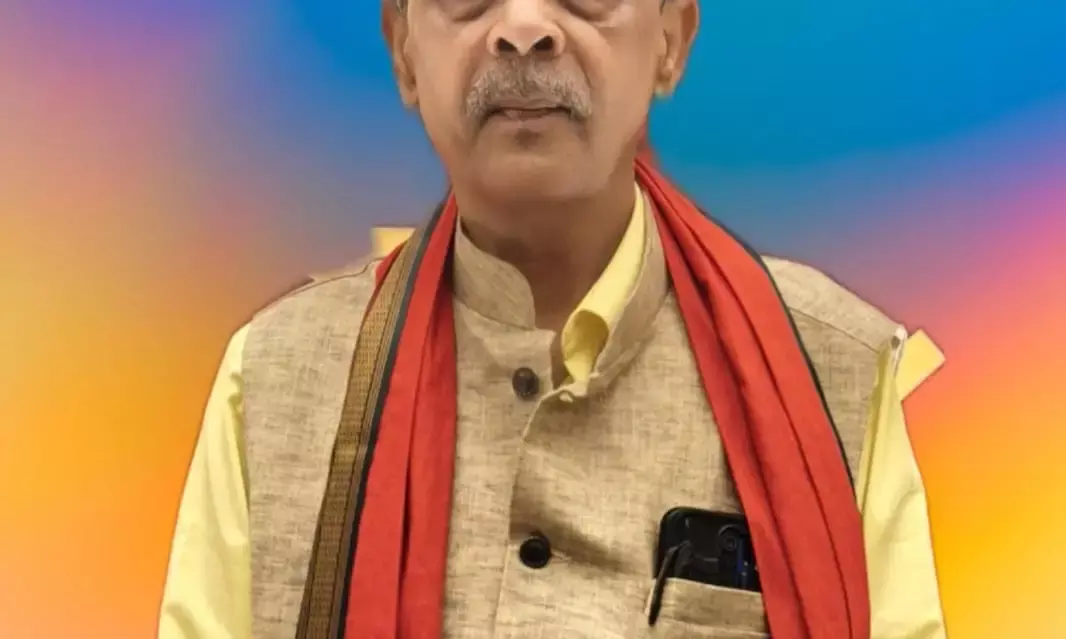Silver Jubilee of Kargil Victory Day Memoirs of a war correspondent
Experience the Kargil War through the eyes of a journalist. This firsthand account details the bravery of Indian soldiers, the devastation of war, and the unique challenges faced by reporters on the frontlines.;

Tiger Hills,Tololing ,,5123 were recaptured in July,1999 to complete the two months long Kargil War with Drass being the epicenter.
It was a lifetime experience for me as a journalist to cover Kargil war. The 15 Corps of Indian Army had issued permission letters for entering the war zone
After having breakfast in the Army camp at Sonemarg, we were allowed to enter the conflict area from Jhumra Mor which led us to Drass around noon, crossing Zozilla Pass on the highway at a height of 12000ft.
For the first time, we could see hundreds of Bofors guns lined up on the southern end of the NH-1A (Ladakh to Srinagar) and thousands of emptied shells lying on the fields. Jawans and officers of 8 Mountain Division and 8 Grenadiers were in action with their war cries. Some of them were shouting ‘Raja Ramchandra ki Jai’.
We could notice heavy shelling after sunset as we were put in some bunkers
The parallel telecommunication system laid down by Pakistani army in Drass town running across Saura river was visible indicating locals role in helping them.
The Drass Circuit House was also bombed by the enemies. On NH-1A, we could see two oil tankers burned due to Pak shelling.
At Kargil Circuit House, the local MLA and state tourism minister had evening tea with us and showed us the movement of Pakistani troops on snow scooters on a hill facing Kargil town. Since war was raging on full scale, all hotels and restaurants at the bus stand had shut down. Only one hotel, Hotel Zozilla, was open, where we stayed.
Hotel Kargil was damaged due to shelling from across the border. The bungalow of the SP too was hit by shells. The deputy commissioner of Kargil had shifted to a guesthouse when his bungalow too received shells. Only one roadside dhaba of a Sardar was open, which served only dal, chawal and onions. The only means of communications was a STD booth, which used to be open for a few hours, both for newsmen and the Army jawans. The jawans queued up to talk to their relatives before marching to the hills and the reporters waited for faxing their reports.
Once shelling started from the Pak side, even this STD booth was shut down and reporters and jawans made to remain indoors till shelling concluded. One evening, I met a jawan who hailed from Buxar in Bihar, scheduled to leave for hills early next morning. Since he was not able to talk to his relatives over phone, he handed over the telephone number of his relative with a request to convey them that he was safe.
During evening hours, it seemed to be sort of Diwali, with both Indian and Pakistani troops exchanging fire amid deafening sound and lights.
Once we were in the war zone, it was difficult to come out of Sonemarg or Kargil as the roads to Leh and Srinagar were closed.
The daily briefing took place at Drass, but once we entered Kargil, reporters had to depend on the local Army or official sources for developments. We got reports about barbaric killings of our officers and jawans at Batalik sector.
While returning from Kargil after the ceasefire took place, we were told at Drass about the casualties of our officers, some of whom had briefed us and exchanged pleasantries when we were on way to Kargil
The Prime Minister,Atal Bihari Vajpayee and defence minister,George Fernandes made an aerial survey of the forward area and met the men and officers in the war zone.
Later,he led an all party delegation of MPs to the conflict zone and held a press conference in the underground Awantipora Air Force base.

